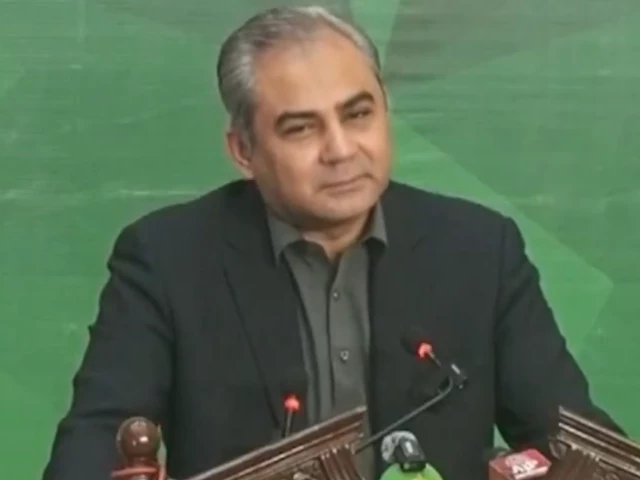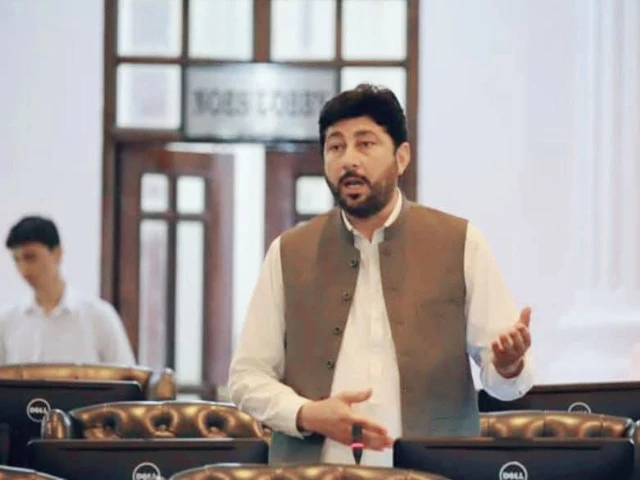Unpacking Recent Tensions Between India and Pakistan: What Happened?
The recent conflict between India and Pakistan has captured global attention, marking a significant escalation that pushed these nuclear-armed nations to the brink of war. Initiated by the Pahalgam attack, the situation saw alarming military confrontations, with civilian casualties reported on both sides. Thankfully, diplomatic efforts ultimately helped to cool tensions.
In an eye-opening seminar, Pakistan’s Interior Minister Mohsin Naqvi praised the country’s intelligence agencies for their crucial role during the conflict. He noted they had early insights into India’s plans, including video evidence of six Indian aircraft being shot down—an impressive feat when you consider the stakes involved.
Naqvi elaborated on how the Pakistan Air Force managed to take down various Indian aircraft, including a French-made Rafale fighter jet, which was later confirmed by French intelligence. This marked the Rafale’s first known combat loss, underscoring the intensity of the situation. He claimed that Pakistani intelligence agencies had a comprehensive understanding of India’s military strategies, accessing sensitive documents and information ahead of time.
"What we achieved was remarkable," Naqvi said. "We had every single detail of India’s decisions in advance." He emphasized that a planned announcement about the downed planes was held until they could confirm with field evidence. Incredibly, the intelligence agencies provided proof within minutes, along with video footage of the aircraft being shot down.
Moreover, Naqvi expressed a sense of divine protection, citing that several missiles fired at one of Pakistan’s major military bases failed to hit their intended targets. "This was purely Allah’s help," he remarked, illustrating a profound belief in a higher power’s role during critical moments.
He also praised the collective strategy among Pakistan’s military branches—Army, Air Force, and Navy—working together in a unified command structure. This contrasts sharply with India’s often splintered military leadership, where reports suggest that commanders operate independently.
The minister further directed criticism at key figures in the Indian government, including Ajit Doval and Amit Shah, labeling them as the masterminds behind escalating tensions. “These are the two men behind it all,” he warned, cautioning that their actions could spell disaster for India under Prime Minister Modi’s leadership.
Political unity in Pakistan during this crisis was another point of emphasis. "All political parties stood united," he stated, highlighting an atmosphere of collaboration that allowed the country to respond more effectively to external threats.
This complex and tense narrative of military maneuvers, political dynamics, and public sentiment reflects a broader context that can have longstanding implications for the region. As we navigate these conflicts, it’s crucial to stay informed not just about the facts, but also about the intricacies of international relations.
For those interested in discussing these developments further or exploring more nuanced insights, connecting with platforms like Pro21st can offer valuable perspectives. Let’s keep the conversation going!
At Pro21st, we believe in sharing updates that matter.
Stay connected for more real conversations, fresh insights, and 21st-century perspectives.





